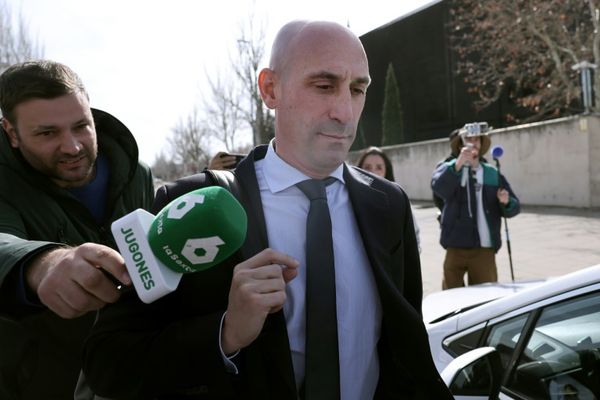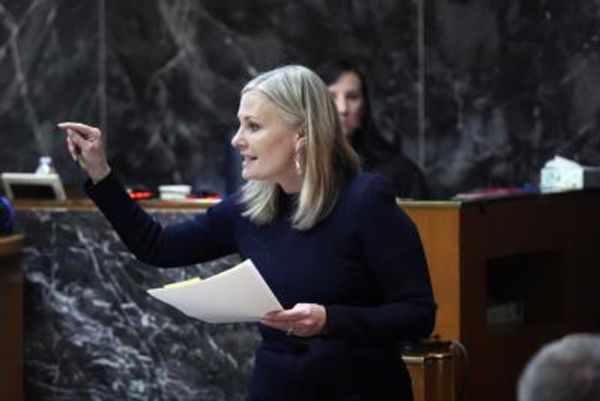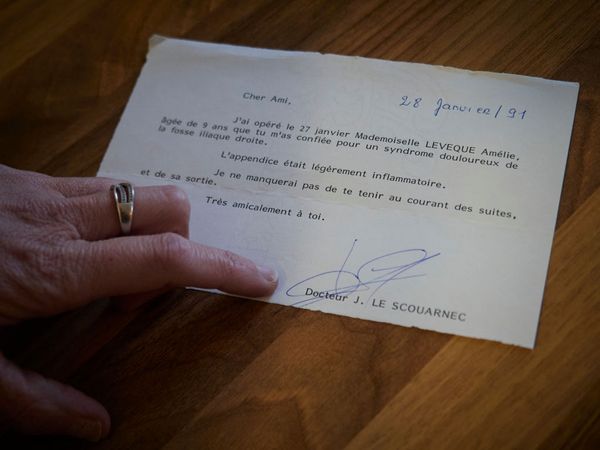Major banks, both private and public sector, recently revised their interest rates on fixed deposits (FDs). State Bank of India (SBI), the country’s largest lender, cut its interest rate to 6.50% for maturity periods between 3 years and 10 years. This is among the lowest FD rates in the industry now. The rate for 1-year FD stands at 6.90%. These rates are for deposit amounts of less than Rs1 crore.
On 24 November, the bank also cut interest rates for bulk deposits—between 125 basis points (bps) and 190 bps—across various tenures. Bulk deposits are those over Rs1 crore and are usually made by companies or high net-worth individuals. SBI has slashed rates for these deposits for different tenures. But cuts in bulk deposit rates would not impact the average retail depositors. Anshula Kant, chief financial officer, SBI, said in an interview to CNBC-TV18 that bulk deposits currently constitute only about 8% of the total deposits at the bank.
In such a scenario, if you still want to invest in FDs, and plan to invest less than Rs1 crore, what should you do? Here’s a look at what to do with your surplus money.
Numbers speak
Apart from large public and private sector banks, Mint Money looked at FD rates across mid-sized and new banks, including a small finance bank (see table).
On an average, among the top five public and private sector banks, 1-year interest rates stood at 7%, while it was 6.83% and 6.79% respectively, in case of 3- and 5-year tenures.
For instance, 1-year FDs at ICICI Bank Ltd and HDFC Bank Ltd were 7% each.
For new and mid-sized banks, the average FD rate for 1-year is over 7.52%. Their 5-year and 10-year offerings are at 7.44% and 7.39% respectively. Recurring deposits with 1-year maturity from Bandhan Bank Ltd and RBL Bank Ltd stood at 8% each, respectively.
Why are rates declining?
Increased liquidity on the back of rise in cash deposits by customers, due to the government’s demonetisation move, can be seen as one reason. According to the Reserve Bank of India (RBI), banks have received deposits in excess of Rs5.11 trillion since the announcement. A large chunk of these deposits have been in savings accounts and banks will have to give a minimum of 4% interest on these deposits.
The influx of cash in such large volumes also means that there are more funds to be lent to customers. This is an indication towards a cut in the lending rate. A cut in lending rates is preceded by a cut in the deposit rates. The relationship between deposit rates and the marginal cost of funds based lending rate (MCLR) is such that a decline in deposit rates results in decline of the MCLR. And MCLR determines the lending rate for the consumers. Banks have to announce an MCLR every month.
Managing rate cuts
Repo rate cuts in the past monetary policies, and greater liquidity too, have led to a fall in deposit rates. Suresh Sadagopan, founder of Ladder7 Financial Advisories, said, “In this case, the lower rates indicate that banks probably have enough liquidity for that particular tenure.” Interest rates of FDs could be headed further downwards. Sadagopan expects RBI to cut key rates. Accordingly, the interest rates on FDs are also set to go lower.
According to Surya Bhatia, managing partner, Asset Managers, a Delhi-based financial planner, FDs do not look lucrative as an asset class right now.
“The biggest risk for a retail investor is the risk of re-investment. With the rates set to go lower, what will you do with the money after 2 years (the end of a tenure)?” he said.
Ashvin Parekh, managing partner at Ashvin Parekh Advisory Services concurs. “For savers, this is bad news. Interest rates in FD are going to go lower unless the inflation trajectory changes. It is a big blow for pensioners as well.” However, if you still wish to invest in FDs, you should do it immediately and you must lock these funds for a longer term of 3-5 years.
But before that, factor in the real rate of return as well as the post-tax return in these cases to decide where to invest.
According to Surya Bhatia, managing partner, Asset Managers, a Delhi-based financial planner, FDs do not look lucrative as an asset class right now.
“The biggest risk for a retail investor is the risk of re-investment. With the rates set to go lower, what will you do with the money after 2 years (the end of a tenure)?” he said.
Ashvin Parekh, managing partner at Ashvin Parekh Advisory Services concurs.
“For savers, this is bad news. Interest rates in FD are going to go lower unless the inflation trajectory changes. It is a big blow for pensioners as well.” However, if you still wish to invest in FDs, you should do it immediately and you must lock these funds for a longer term of 3-5 years.
But before that, factor in the real rate of return as well as the post-tax return in these cases to decide where to invest.
If you fall in the highest tax bracket of 30.9%, then 6.5% annual return from an FD would get reduced to a return of 4.49% post-tax. Now, let’s factor in inflation, say 5.28%—the average Consumer Price Index based (CPI) inflation from September 2015 to September 2016. In this case, a post-tax return of 4.49% for individuals in the highest tax bracket will translate to a negative return figure of -0.79%.
Similarly, if you are in the 10.3% tax bracket, then your post-tax return will be seen at 5.83%. With the average inflation figure, the returns here would be 0.55%. Some new banks and smaller financial institutions are offering a slightly higher interest rate than the top banks.
You can check the rates from various banks and then take your pick accordingly. You can go to individual banks’ websites to check these interest rates for different tenures. Alternatively, you can also consider investing in a debt fund.








